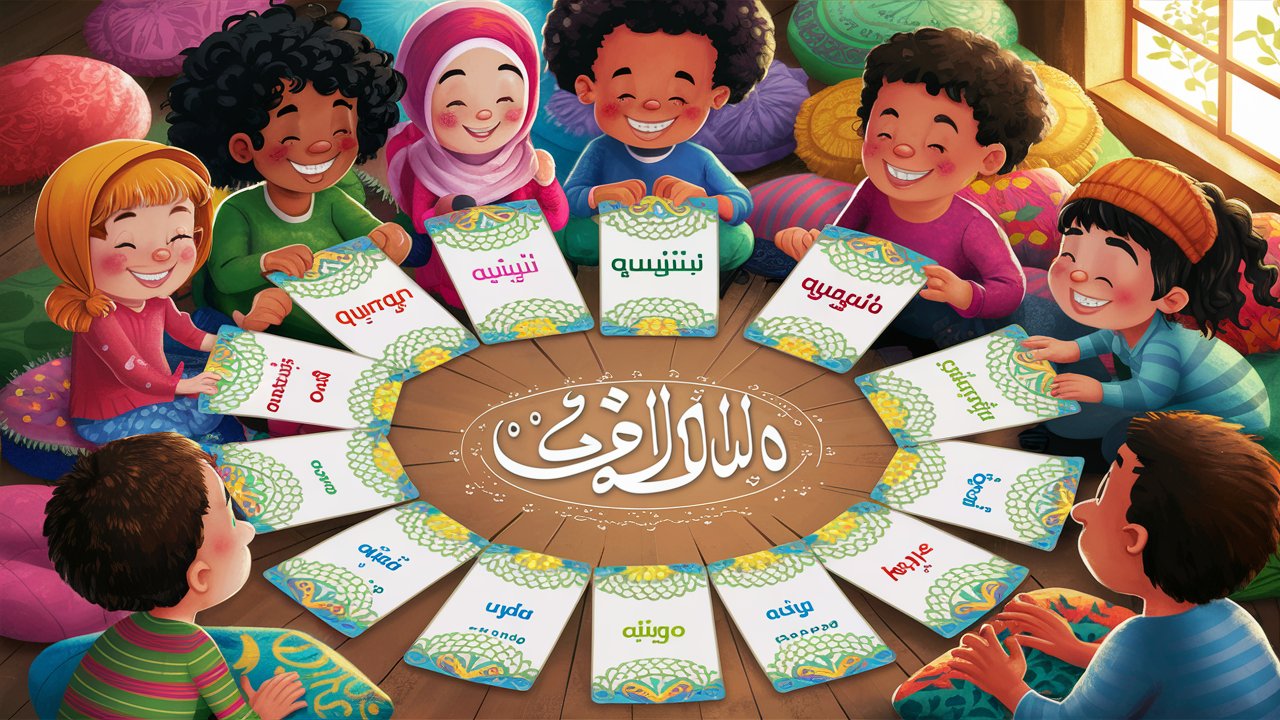In a world full of distractions, capturing the attention of kids and young minds—especially when teaching the Quran—can be a challenge. However, introducing children to the wisdom of the Quran doesn’t have to be dull. By transforming learning into an exciting adventure filled with stories, interactive activities, and using visual aids, we can make Quran education engaging and memorable. Now a days, online Quran classes offers these activities to make the Quran education more engaging and more attractive.
This blog explores innovative methods to teach the Quran to children, making the experience both meaningful and enjoyable. Let’s explore effective methods to create a dynamic learning experience for children.
Understanding Child Psychology and Learning Styles
Every child learns differently. Understanding child psychology helps tailor Quran lessons to suit each child’s learning style. Visual learners, for example, may thrive on images and diagrams, while auditory learners respond well to listening to recitations. Kinesthetic learners, on the other hand, benefit from hands-on activities that bring Quranic themes to life.
Starting from basics i.e. learning Noorani Qaida, makes it easy for Quran teachers to recognize these differences that align with how each child processes information. By aligning teaching techniques with a child’s natural learning style, we can make learning Quran with Tajweed more engaging.
Incorporating Fun and Interactive Activities
Making Quran lessons enjoyable can be as simple as incorporating fun, interactive activities. Storytelling is a powerful tool—narrating stories from the Quran captivates children’s imaginations and helps them connect with the material.
Arts and crafts also work wonders. Children can create visual representations of Quranic stories or their favorite verses, which not only reinforces their learning but also sparks creativity. Games like memory challenges, where kids match words or phrases with pictures, make Quran learning exciting and help with recall.
Using Visual Aids and Technology
Visual aids and technology offer dynamic ways to teach the Quran. Bright visuals such as infographics or colourful charts and Multimedia tools, like videos or interactive apps, help simplify complex concepts and make Quran learning more engaging for children.
For online Quran classes, technology is particularly useful. Interactive quizzes, games, and animations breathe life into Quranic stories, making them easier to grasp for young learners. Incorporating visual tools allows children to explore Quranic teachings in a way that resonates with their interests and curiosity.
Creating a Positive Learning Environment
A positive learning environment is crucial for effective Quran education. Creating a welcoming space with minimal distractions helps children focus. Comfortable seating, soft colors, and appropriate lighting can make learning more enjoyable.
Encouraging open communication also builds trust. When children feel their ideas are valued, they are more likely to engage actively in lessons. Additionally, celebrating small achievements fosters a sense of accomplishment and motivates them to continue exploring the Quran.
Tailoring Lessons to Individual Needs
Each child is unique, so tailoring Quran lessons to their individual needs can make a big difference. Some children might need visual aids, while others may benefit from auditory learning. Adjusting the pace of lessons based on a child’s comprehension ensures that every student feels supported.
Encouraging feedback from children about what resonates with them most helps refine the teaching approach. Celebrating their progress, even small milestones, builds confidence and strengthens their connection to the Quran. Online Quran classes are the best choice for these features.
Role of Parents in Quran Education
Parents play a pivotal role in supporting their child’s Quran education. By creating a home environment that encourages daily recitation and discussion, parents can help reinforce what their children learn in class. Conversations about Quranic stories and values further deepen their child’s understanding.
Using online Quran classes can also be a great tool for parents to support their child’s learning. These classes offer flexibility and interactive resources that make Quran education more engaging.
Conclusion
Nurturing a love for the Quran in children requires creativity, patience, and understanding. By embracing interactive methods tailored to each child’s needs, we can make online Quran classes both enjoyable and meaningful. Parents play a vital role in this journey, reinforcing Quranic teachings at home and encouraging curiosity. Ultimately, these creative approaches will help children learn Quran online and develop a lasting connection to their faith.







Be First to Comment